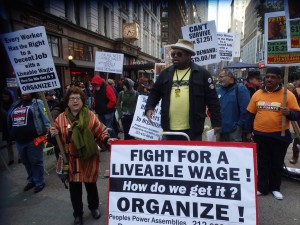Insurance is kind of like flossing. Everyone knows you should do it, but rarely people actually do. Now that is definitely not a safe w ay to think about insurance, the thing that could keep you and your family safe in the face of tragedy, but it is the sad reality.
ay to think about insurance, the thing that could keep you and your family safe in the face of tragedy, but it is the sad reality.
It may just be a poor way of thinking on the part of the average person when they decide to pass on Insurance Planning. But lets try to change that.
Why Insurance Planning?
Risk management should form the basis of any financial plan. It’s the first thing you should look at before investing — it’s critical. The easiest and most cost-effective way for most people to handle these risks is through insurance products, such as disability, life and long-term-care insurance.
That may be common knowledge, but discomfort with the subjects and the complexity of insurance products prevent many people from obtaining necessary coverage in advance of a life-changing event, according to experts. You never want to leave you and your family out to dry because you felt uncomfortable taking about things that could possibly happen.
Don’t let that be the reality for you.
What You Should Do?
You should get an insurance plan together. To keep the things in your life that you care about safe and protected. 
The Sub Prime Credit Store has an amazing Insurance Planning services. Life, Health, Home, Auto, Legal, Disability, and Renters insurance to make sure that you are properly covered in the case of a disaster.
Share
Follow Us!


